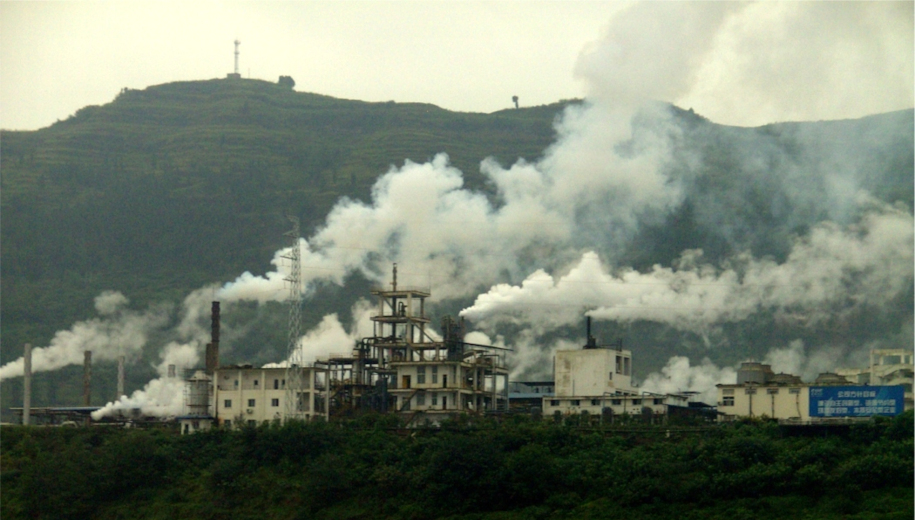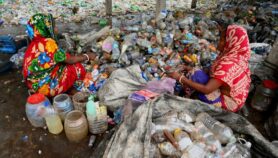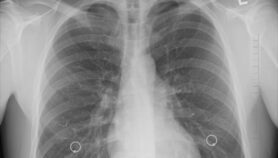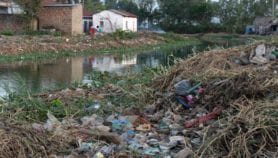05/11/20
‘Air pollution a co-factor in COVID-19 mortality’

By: Neena Bhandari
Send to a friend
The details you provide on this page will not be used to send unsolicited email, and will not be sold to a 3rd party. See privacy policy.
[SYDNEY] Lesotho, South Africa and Swaziland are among the world countries where long-term exposure to air pollution generated by human activity is linked to COVID-19-related deaths. These deaths could be largely prevented by adopting air quality regulations, according to study.
Published in Cardiovascular Research on 27 October, the study estimates for each country the proportion of deaths from coronavirus that could be attributed to anthropogenic pollution.
According to the study, Lesotho posted the highest figure for Africa at 20 per cent edging South Africa and Swaziland that both had 18 per cent of COVID-19 mortality attributed to all anthropogenic emissions.
“Anthropogenic air pollution exacerbates chronic diseases, such as cardiovascular and pulmonary diseases, that act as precondition and aggravate the course of COVID-19 disease.”
Jos Lelieveld, Max Planck Institute and The Cyprus Institute
Ninety-one per cent of the world’s population lives in places where air quality exceeds the World Health Organization guideline limits and are exposed to air pollution levels several times the WHO guideline for safe air.
“Anthropogenic air pollution exacerbates chronic diseases, such as cardiovascular and pulmonary diseases, that act as precondition and aggravate the course of COVID-19 disease. This comorbidity increases the risk of mortality from the coronavirus,” says Jos Lelieveld, study co-author and professor at Max Planck Institute for Chemistry in Mainz, Germany, and The Cyprus Institute in Nicosia, Cyprus.
The researchers characterised global exposure to fine particulate matter of 2.5 microns or less in diameter (PM2.5), based on satellite data, and calculated the anthropogenic fraction with an atmospheric chemistry model.
Infogram
“When people inhale polluted air, the PM2.5 migrates from the lungs to the blood vessels. This causes damage to the inner lining of arteries, the endothelium, and leads to the narrowing and stiffening of the arteries. The COVID-19 virus also enters the body via the lungs, causing similar damage to blood vessels, and it is now considered to be an endothelial disease,” says co-author Thomas Münzel from the University Medical Centre, Johannes Gutenberg University and the German Centre for Cardiovascular Research, Mainz.
Czech Republic tops all countries on the percentage of COVID-19 mortality attributed to all anthropogenic emissions with 29 per cent and followed by Poland with 28 per cent. China and North Korea came in third at 27 per cent. Bangladesh leads South Asia with 23 per cent (beating Bhutan’s 21 per cent and India’s 17 per cent). Topping South America are Ecuador and Paraguay both with 15 per cent.

Globally, around half of the attributable man-made air pollution cause is related to fossil fuel use. It is up to 70–80 per cent in Europe, West Asia and North America.
“The switch from fossil to clean, renewable energy sources is a highly effective health promotion intervention. For example, in Europe, emissions control could save around 400,000 lives. The WHO recommends 10µg/m2 in Europe and we have 25µg/m3. We need new guidelines lowering the limits for PM2.5,” Münzel tells SciDev.Net.
There is limited representation of low-income countries in the study’s findings. The data for the study has been collected only from middle- and high-income countries, but the calculations are carried out for the whole world.
“These countries face a double jeopardy in dealing with the public health challenge of controlling COVID-19 transmission and its consequences for health services and the economy, and controlling emissions. We need global action to combat this hazard,” Marks adds.
This piece was originally produced by SciDev.Net’s Asia & Pacific desk.













